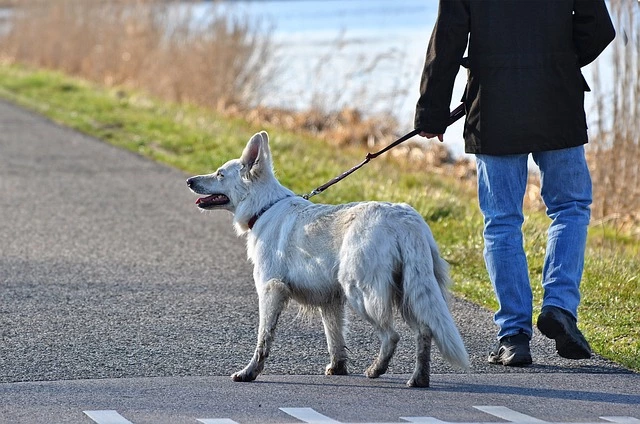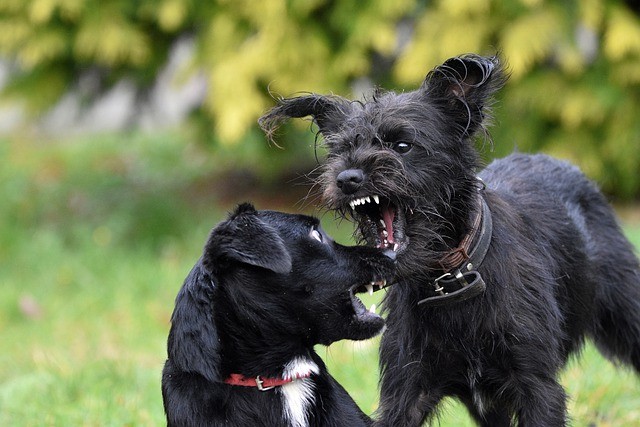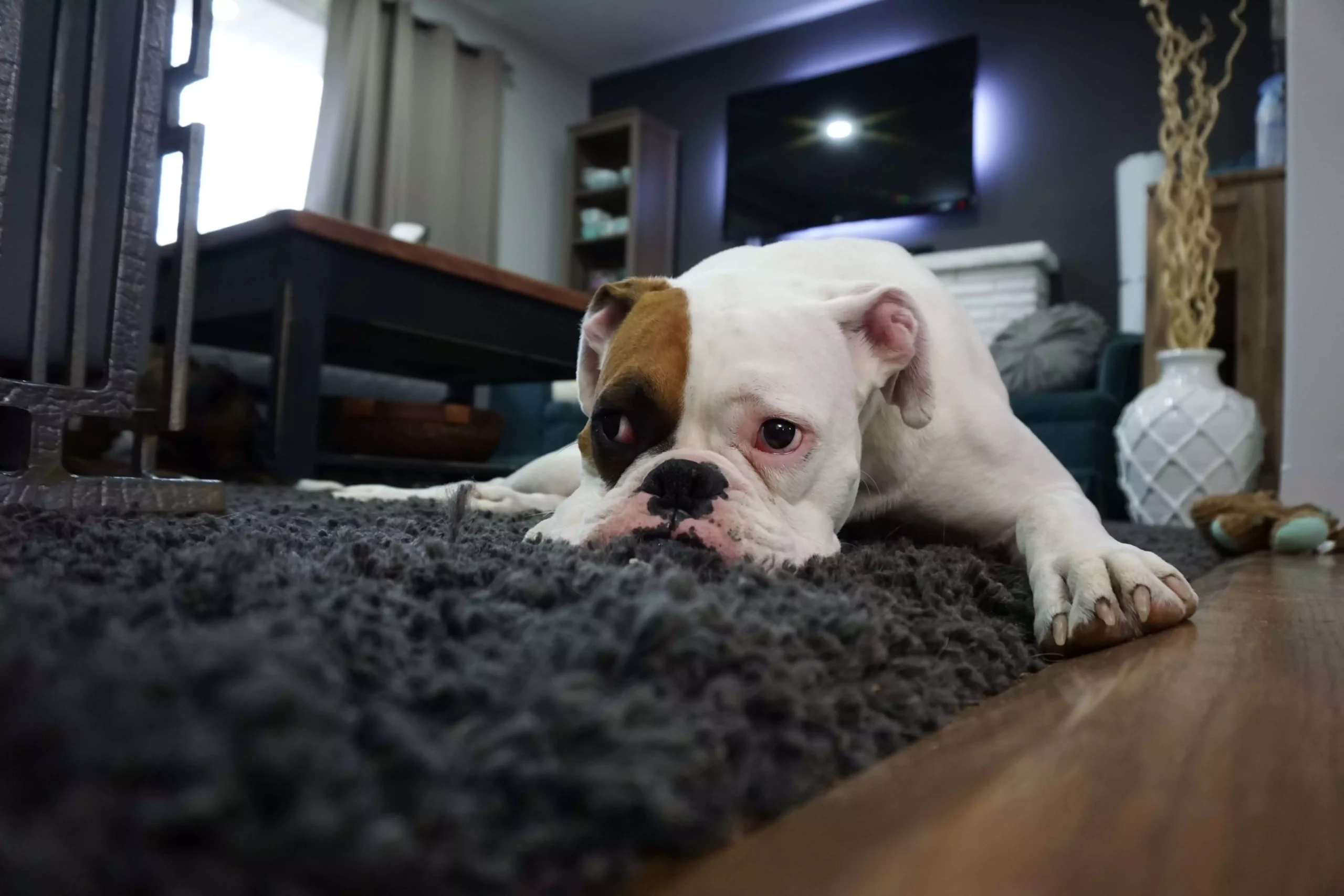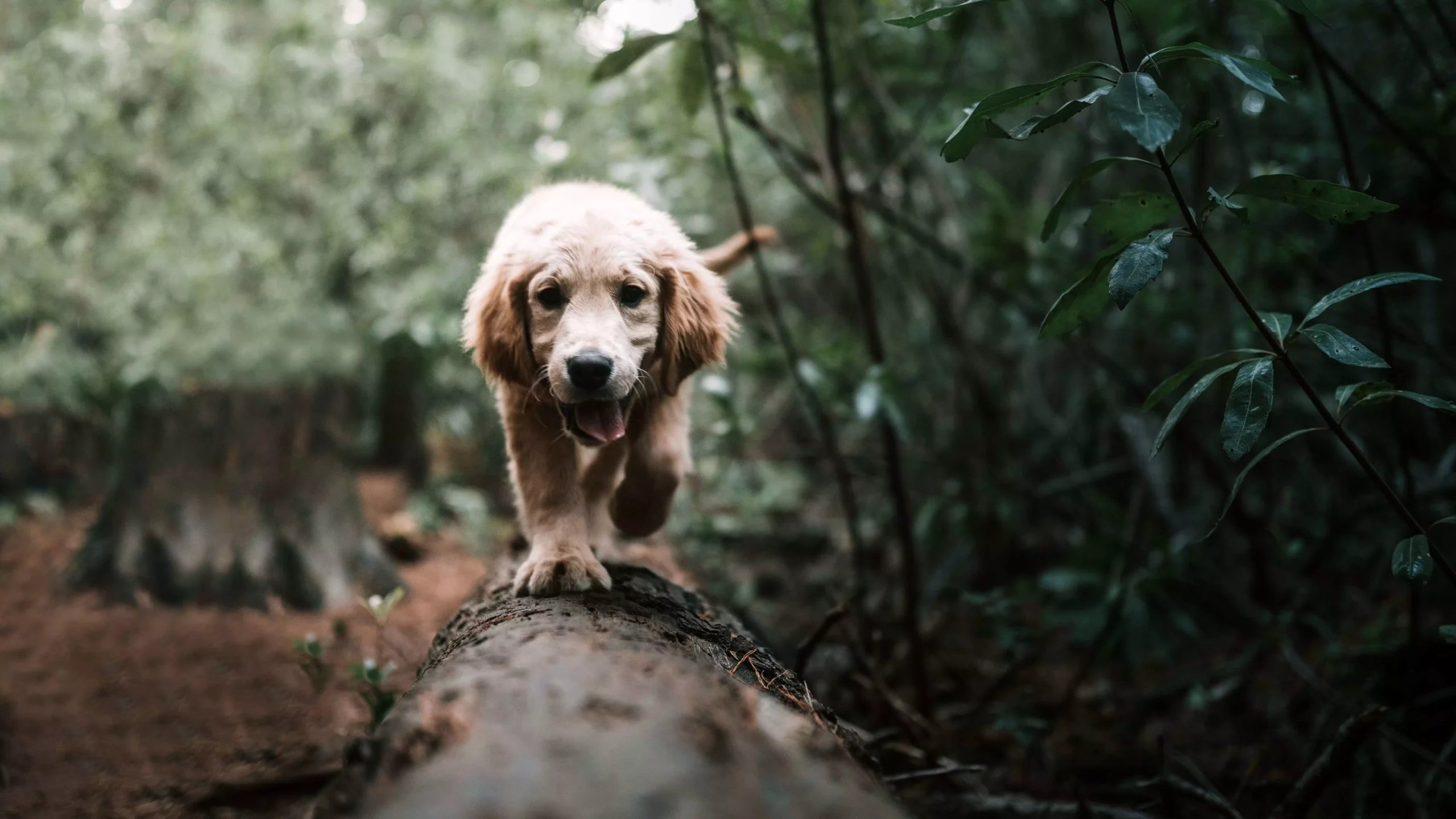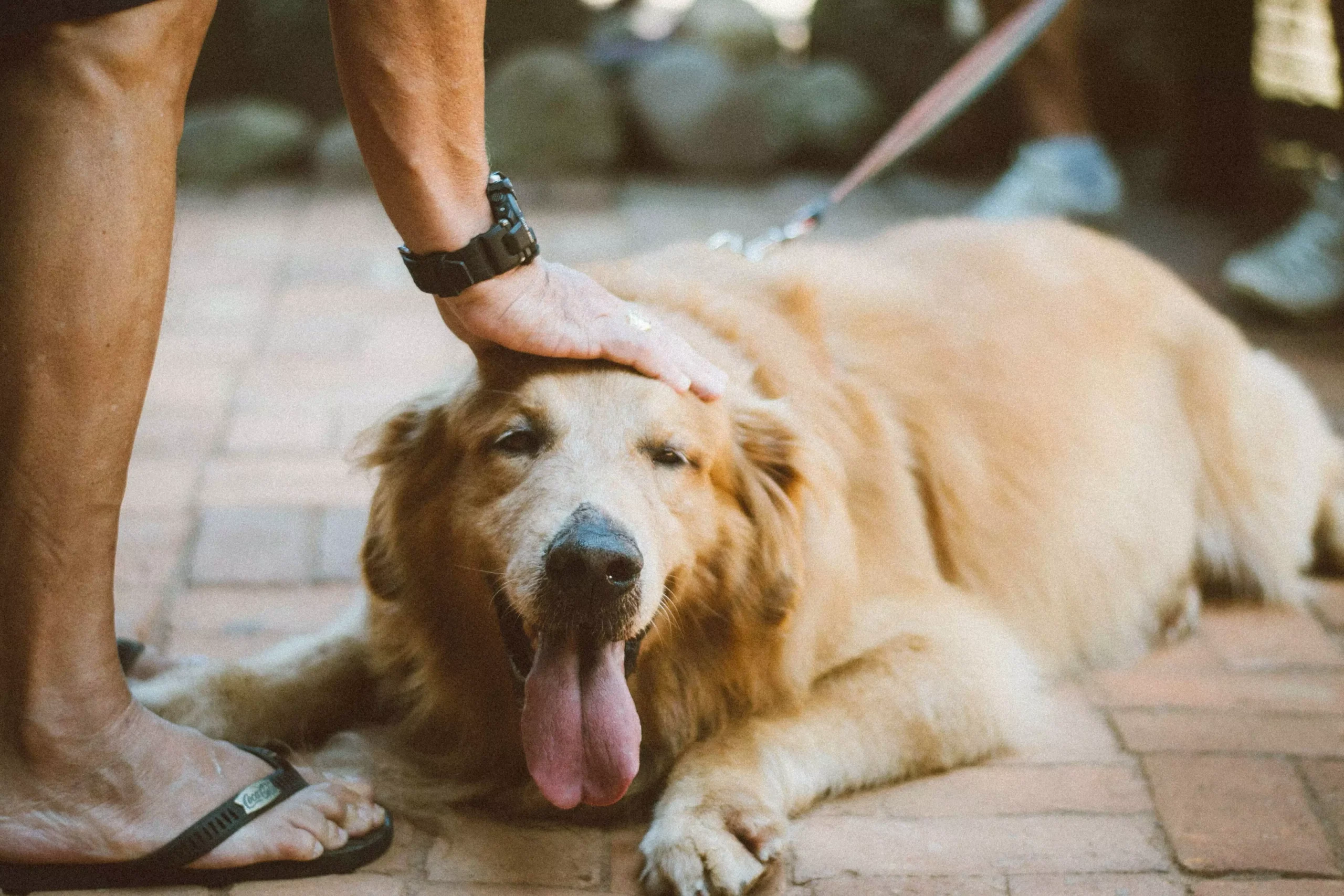Creating a Designated Calm Space for Anxious Dogs: A Guide
Helping Your Furry Friend Find Peace and Tranquility
As a pet owner, you may have noticed that some dogs are more prone to anxiety than others. Whether it’s the sound of thunderstorms, fireworks, or simply being left alone, anxious dogs can struggle to find comfort. One effective way to alleviate their stress is by creating a designated calm space tailored to their needs. In this article, we’ll guide you through the process of setting up a tranquil haven for your anxious canine companion. Additionally, we’ll address some frequently asked questions to provide further insights into this topic.
Understanding the Importance of a Designated Calm Space
Before delving into the details, let’s first explore why a designated calm space is crucial for anxious dogs. Just like humans, dogs need a safe and comfortable environment where they can relax and unwind. Having a designated space specifically designed to reduce anxiety can significantly benefit their mental well-being. It acts as a sanctuary where they can escape from stressful situations, allowing them to regain their sense of security and peace.
Choosing the Perfect Location for Your Dog’s Calm Space
Finding the right location for your dog’s designated calm space is the first step towards creating a serene environment. Consider the following factors when selecting the ideal spot:
1. Quiet and Low-Traffic Area: Identify a quiet corner or room in your home that receives minimal foot traffic. This will help ensure your dog isn’t disturbed while seeking solace.
2. Away from Noisy Areas: Avoid placing the calm space near appliances, television sets, or areas prone to loud noises. A tranquil environment should shield your dog from unnecessary auditory stimulation.
3. Accessible and Visible: Opt for a location where you can easily observe your dog and vice versa. This will strengthen the bond between you and your furry friend, providing them with a sense of security.
Creating a Safe and Comfortable Haven
Now that you’ve found the perfect location, it’s time to transform it into a safe and comfortable haven for your anxious dog. Consider the following steps:
1. Cozy Bed or Crate: Provide a comfortable bed or crate where your dog can retreat and feel secure. Ensure it is appropriately sized, allowing your dog to stretch out and relax.
2. Soft Bedding and Blankets: Place soft bedding and blankets in the designated space to enhance comfort. Dogs often find solace in snuggling against soft textures.
3. Calming Scents and Music: Introduce calming scents, such as lavender or chamomile, to promote relaxation. Additionally, playing soft classical music or specially designed calming tracks can help soothe your dog’s nerves.
4. Dim Lighting: Consider using soft, dim lighting or blackout curtains to create a calming ambiance. This can help reduce sensory stimulation and create a serene atmosphere.
Frequently Asked Questions (FAQs)
1. Can any room be converted into a calm space for my dog?
Absolutely! Any room that meets the criteria of being quiet, low-traffic, and away from noisy areas can be transformed into a designated calm space.
2. How can I encourage my dog to use the calm space?
Gradually introduce your dog to the space by using positive reinforcement techniques. Reward them with treats, praise, and gentle pets whenever they voluntarily enter the calm space.
3. Can I use essential oils in the calm space?
While some essential oils can have calming effects on dogs, it’s crucial to consult with a veterinarian before using any scents. Not all oils are safe for canines, as they may have adverse effects.
4. Should I leave toys in the calm space?
It’s advisable to leave a few favorite toys or interactive puzzles in the calm space. These can provide mental stimulation and help distract your dog from anxiety triggers.
Remember, each dog is unique, and it may take time for them to adjust to their new calm space. Patience and consistency are key throughout the process. By creating a designated haven for your anxious dog, you’re not only improving their quality of life but also strengthening the bond between you and your furry friend.



